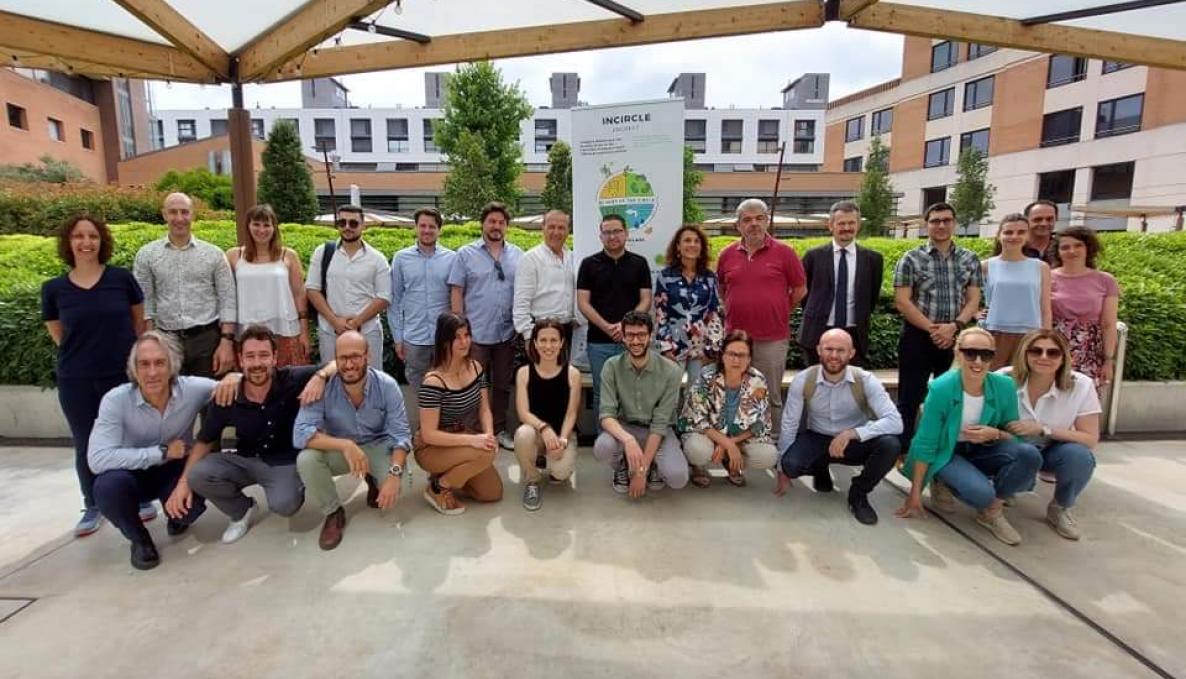Tourism becomes circular: tech innovation and sustainable thinking to contribute to the development of 16 tourist destinations on coasts, islands and territories in the Mediterranean. The Interreg MED INCIRCLE project was completed with Sant'Anna School
Specific tools and a database of good practices to join environmental protection with economic and social development. The research team says: “Encouraging results emerged from the dialogue with administrators, population and industries. There are the conditions to consolidate a structured path

Technological innovation and sustainable thinking to make circular tourism an increasingly widespread practice in island, coastal and low population density tourism destinations in the Mediterranean, joining environmental protection and economic development of these territories, increasingly affected by large tourist flows. After 30 months of research and “action in field”, the Interreg MED INCIRCLE project (acronym of "Support INsular and low-density areas in the transition towards a more CIRCuLar tourism Economy") ended with an event in Barcelona (Spain). The project saw the participation of the Sum (Sustainability Management) Laboratory of the Management Institute of Sant'Anna School among the 14 partners from Italy, Albania, Cyprus, Greece, Malta, Spain.
The research team of the Sant'Anna School contributed to the project by measuring the level of circularity of 16 destinations in the Mediterranean (from Italy, the LAG Terra Barocca and the Oltrepò Mantovano Consortium) and creating the "Circular Tourism Tools", measurement tools specifically created for the tourism sector, accompanied by a database of good practices, as work instruments aimed both at territories and their administrators, and at companies in the tourism sector. The 16 tourism destinations obtained an accurate snapshot of their territories, the challenges that await them in the transition to the Circular Economy and their opportunities for improvement. The good practices found at the local level include sustainable and circular mobility, good management of infrastructures, conservation of cultural heritage, development and promotion of awareness campaigns on sustainability issues for tourists and local communities and the implementation of structured actions to support the collaboration between all the actors of a tourism destination.
"This process has therefore led to the development of tailor-made strategies for an increasingly integrated planning based on the principles of the Circular Economy, strengthening the skills of stakeholders and policy and decision makers of the project’s partner territories, encouraging collaboration between the players in the tourism system and the sharing of values and knowledge ".
The data that emerged were judged to be encouraging by the Sant'Anna School team. "These territories - continue researchers and researchers involved in the project – have begun a structured circular development path and they are aware that it can represent a valid lever for economic and social development, for competitiveness, for the protection and restoration of their environmental heritage. A proactive attitude and a collaborative approach towards the actors the territory are essential elements for achieving the result of a truly sustainable tourism ". In order to create a sustainable tourism system, says researchers from Sant'Anna School, "territorial infrastructures play a pivotal role, and without them the reduction of the environmental impact on the territories would be impracticable".
For territories and companies in the tourism sector wishing to undertake the same path towards a circular tourism, tools and sector’s good practices to start this transition are available on the project website, HERE.



